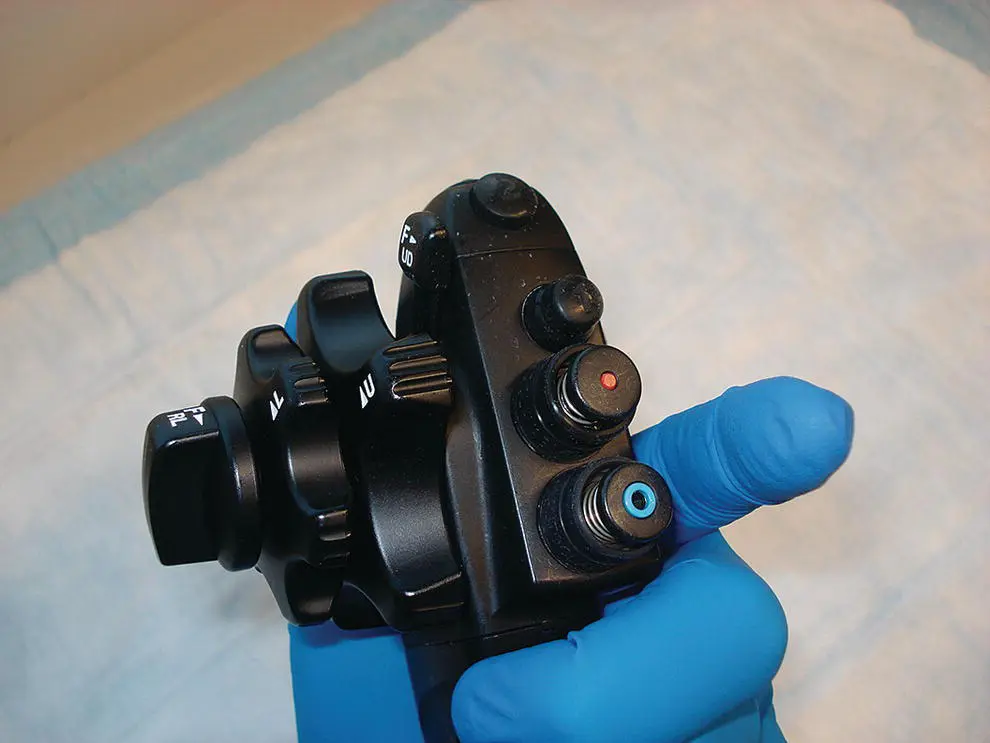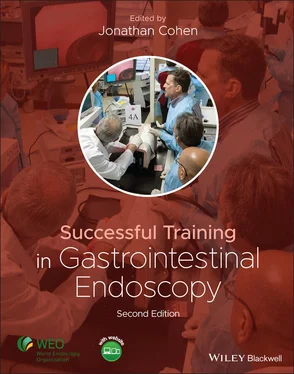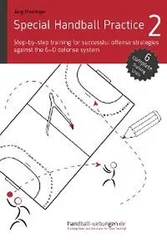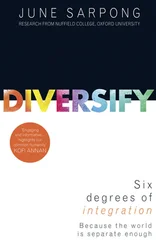Successful Training in Gastrointestinal Endoscopy
Здесь есть возможность читать онлайн «Successful Training in Gastrointestinal Endoscopy» — ознакомительный отрывок электронной книги совершенно бесплатно, а после прочтения отрывка купить полную версию. В некоторых случаях можно слушать аудио, скачать через торрент в формате fb2 и присутствует краткое содержание. Жанр: unrecognised, на английском языке. Описание произведения, (предисловие) а так же отзывы посетителей доступны на портале библиотеки ЛибКат.
- Название:Successful Training in Gastrointestinal Endoscopy
- Автор:
- Жанр:
- Год:неизвестен
- ISBN:нет данных
- Рейтинг книги:3 / 5. Голосов: 1
-
Избранное:Добавить в избранное
- Отзывы:
-
Ваша оценка:
- 60
- 1
- 2
- 3
- 4
- 5
Successful Training in Gastrointestinal Endoscopy: краткое содержание, описание и аннотация
Предлагаем к чтению аннотацию, описание, краткое содержание или предисловие (зависит от того, что написал сам автор книги «Successful Training in Gastrointestinal Endoscopy»). Если вы не нашли необходимую информацию о книге — напишите в комментариях, мы постараемся отыскать её.
Teaches trainee gastroenterologists the endoscopic skills needed to meet the medical training requirements to practice gastroenterology and helps clinical specialists refresh their skills to pass their recertification Successful Training in Gastrointestinal Endoscopy, Second Edition
Successful Training in Gastrointestinal Endoscopy, Second Edition
Successful Training in Gastrointestinal Endoscopy — читать онлайн ознакомительный отрывок
Ниже представлен текст книги, разбитый по страницам. Система сохранения места последней прочитанной страницы, позволяет с удобством читать онлайн бесплатно книгу «Successful Training in Gastrointestinal Endoscopy», без необходимости каждый раз заново искать на чём Вы остановились. Поставьте закладку, и сможете в любой момент перейти на страницу, на которой закончили чтение.
Интервал:
Закладка:
Other indications for colonoscopic examination are primarily symptom driven. Of these, suspicion for GI bleeding (iron‐deficiency anemia, positive stool occult blood tests, or even frank hematochezia) is likely the most common cause for lower endoscopy [4]. A change in bowel habits (stool caliber, constipation, or chronic diarrhea), suspicion of inflammatory bowel disease, abdominal pain, and abnormal radiographic imaging studies are all common indications to pursue colonoscopy as well. Other less common causes include foreign body removal, volvulus reduction, or decompression of colonic pseudo‐obstruction.
As stated earlier, there are times when it is not safe to proceed with colonoscopy. These include recent colon surgery, recent myocardial infarction (MI), the presence of severe colitis, supratherapeutic anticoagulation, or the presence of hemodynamic instability [4]. It is advised to delay colonoscopic exam for 3 months following colonic surgery, such as a new stoma or other colonic anastomosis. In the case of a recent MI, there are no specific guidelines regarding this. For elective procedures, one should wait until well after the event and base timing on the patient's clinical status. Emergent colonoscopy for gastrointestinal bleeding following an MI has been studied. Though there is roughly a ninefold increase in complications (9% vs. 1%), these complications are usually minor and generally the patients benefit more from the timely intervention of bleeding [5]. These are all relative contraindications and earlier exams can be performed if clinically required. In “severe” colitis (as can be associated with infections, Crohn's, ulcerative colitis, or ischemic colitis), it is generally advised to reduce the colonic inflammation before proceeding with endoscopy; however, limited exams can be indicated if the cause of colitis is unclear or to monitor the response to therapy. Mild to moderate colitis typically do not pose a contraindication to colonoscopy. For patients on anticoagulation therapy (such as warfarin, clopidogrel, or aspirin), institutions vary with the level of acceptable risk, but in general, low‐risk diagnostic exams can likely be safely performed on some level of therapeutic‐range anticoagulation [6]. Therapeutic measures (such as biopsy or polypectomy) may require lower anticoagulation thresholds or even discontinuation of therapy prior to colonoscopy for safety reasons. Endoscopy should be delayed if levels of anticoagulation are supratherapeutic. Trainees should read and remain current on published guidelines on the practice of endoscopy for patients taking anticoagulation medications, which are available online at www.asge.org.
Early motor skills
How to hold scope
The scope handle is held in the left hand with the umbilical cable that connects to the video processor resting between the thumb and index finger ( Figure 6.8) and extending on the outside of the forearm. The base of the scope handle is held between the palm and the fourth and fifth digit. The left elbow is bent in a comfortable position to allow the arm to carry the weight of the scope for long periods of time. The right hand holds the shaft of the scope and is kept within 20–30 cm from the anal opening to allow maximum control of the shaft. The shoulders would be in a comfortable position and the height of the bed should be at a level that allows the endoscopist to stand with the hips and back straight to avoid overuse of the back muscles. In this position, the right elbow should also be bent at roughly 90°. Trainees need to be instructed early on how to correctly set the height of the bed, proper posture, and position of the arms. Improper posture or form can lead to muscle fatigue and chronic musculoskeletal problems over an endoscopist's career [7].
Scope dials
On the medial side of the scope, there are two dials with sprockets ( Figure 6.9). These dials control the deflection of the flexible scope tip and are used to steer the scope during advancement and to direct the video camera's field of view during mucosal inspection on the withdrawal phase of the exam. The large inner dial deflects the scope tip up (counterclockwise dial rotation) and down (clockwise). The smaller, outer dial controls left (clockwise) and right (counterclockwise) tip deflection. Since the orientation of the camera in the scope's tip is fixed in relation to the control mechanisms, the direction of tip deflection is always in relation to the video image on the display monitor, regardless of how the scope is torqued. Ideally, both dials are controlled with the left thumb, but as you will see later, the smaller dial is used less frequently as most steering directions can be achieved with rotation of the scope and the up/down control alone (referred to as torque steering).

Figure 6.8 How to hold the scope. These images demonstrate the proper manner in which to hold a colonoscope. (a) The scope is held in the left hand with the cable exiting posteriorly between the thumb and index finger. (b) The handle is held with the fourth and fifth digits freeing the thumb and remaining fingers to operate the controls.

Figure 6.9 Scope dials. The colonoscope's dials are shown here. The large inner dial deflects the scope tip up or down as indicated by the arrows. Similarly, the small outer dial deflects the scope tip left or right.
Next to these dials there are two levers that can be used to lock their respective dial in place in order to hold the scope tip in a deflected position and free up the endoscopist's hands during therapeutic maneuvers. In general, however, it is important to remember that during the scope advancement or withdrawal, these dials should be “unlocked” in order to reduce the risk of colonic perforation due to a rigid scope tip.

Figure 6.10 Scope valves. The top “red” valve activates the scope's suction when pressed. The “blue” valve controls air insufflation when lightly touched as well as water to rinse off the lens when fully pressed.
Scope valves
In the front of the scope handle, there are two valves ( Figure 6.10). The upper “red” color‐coded valve provides suction through the working channel of the scope. When pressed all the way in, the suction can be used to remove air from the colon and improve mucosal visualization by suctioning up retained liquid within the colon, or when a trap is employed in the suctioning circuit, it can be used to retrieve removed polyps ( Figure 6.11). This valve is typically controlled with the left index finger.
The lower “blue” valve has dual functions of air insufflation and water rinse of the camera lens. This valve can be controlled with either the index finger or middle finger. When the fingertip is lightly placed occluding the hole in the middle of the valve, air is forced down the scope, resulting in inflation of the colon lumen. One common error many trainees make is to “rest” their finger over this opening, resulting in overinflation. Care must be taken to limit the amount of air used during endoscopy as excessive distention of the colon results in greater patient discomfort as well as increasing the risk of colonic perforation (particularly in the thin‐walled cecum). The second function of the valve (water rinse of the camera lens) is achieved by pressing in the blue valve completely. This results in a fine jet of high‐pressured water to be sprayed horizontally across the tip of the scope, rinsing away adherent debris that can reduce or obscure the camera's visualization of the colon. Some colonoscopes also include a special port for irrigation of the colon controlled by a foot pedal. This can be used to clean the colonic mucosal to improve inspection when suboptimal preparations are encountered. An alternative to this is simply injecting water through the biopsy port of the scope using a large syringe. If using the syringe method, a small amount of simethicone can be added to this water to assist when bubbly or foamy fluid is encountered in the colon.
Читать дальшеИнтервал:
Закладка:
Похожие книги на «Successful Training in Gastrointestinal Endoscopy»
Представляем Вашему вниманию похожие книги на «Successful Training in Gastrointestinal Endoscopy» списком для выбора. Мы отобрали схожую по названию и смыслу литературу в надежде предоставить читателям больше вариантов отыскать новые, интересные, ещё непрочитанные произведения.
Обсуждение, отзывы о книге «Successful Training in Gastrointestinal Endoscopy» и просто собственные мнения читателей. Оставьте ваши комментарии, напишите, что Вы думаете о произведении, его смысле или главных героях. Укажите что конкретно понравилось, а что нет, и почему Вы так считаете.












